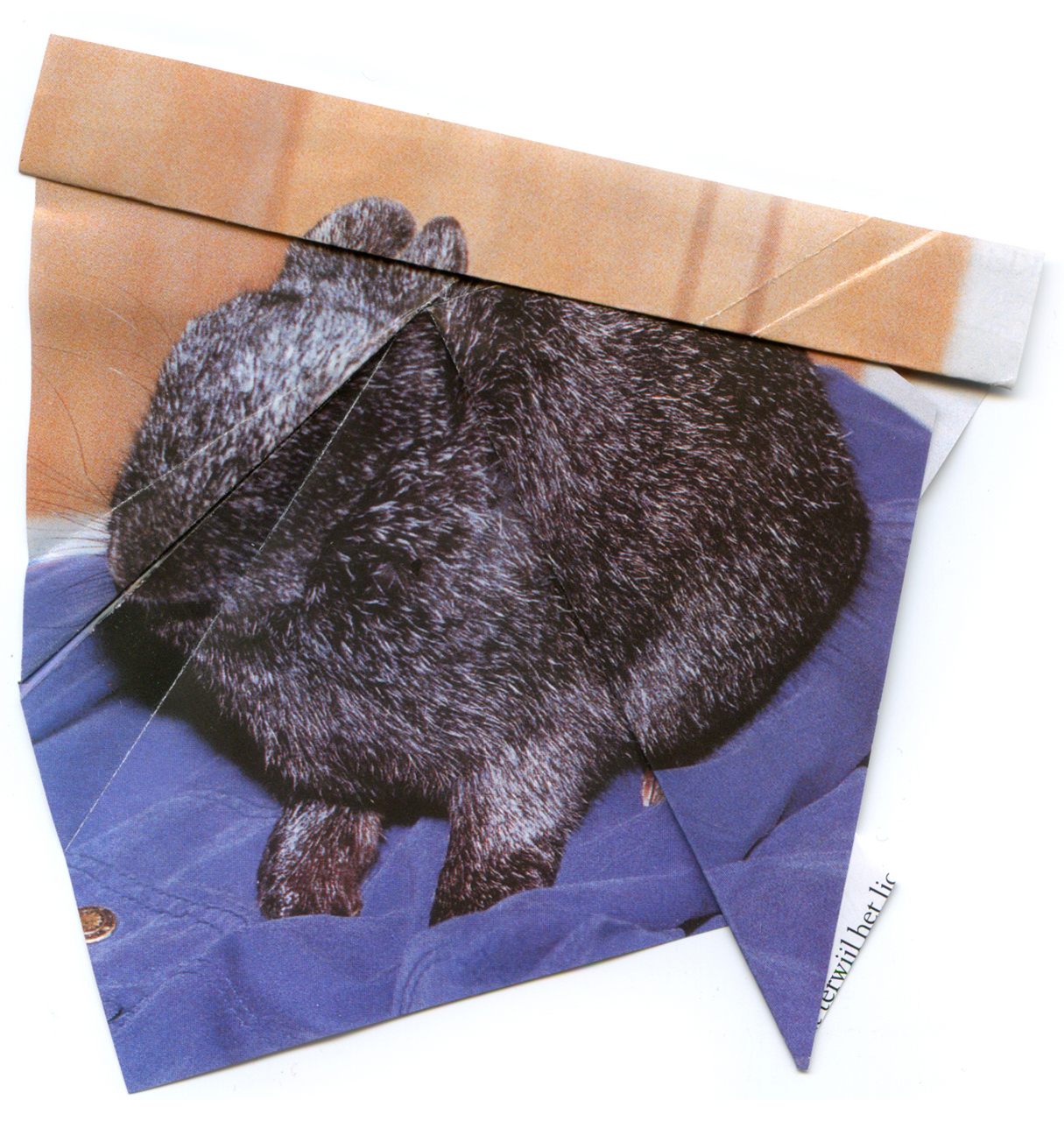Beyond Aluminum.
Conventional deodorants and antiperspirants inhibit our body's natural cleansing process and release a ton of toxic chemicals into our bodies. Aluminum is a concern, but it's not the only one.
Here are the TOP 10 most widely used (and troubling) ingredients found in most conventional deodorants.
(Primary Sources: National Institutes of Environmental Health Sciences, Cosmetic Ingredient Database (European Commission), and EWG Skin Deep Cosmetics Database )
1. PARABENS (METHYL, ETHYL, PROPYL, BENZYL AND BUTYL) Parabens are endocrine disruptors, which may alter important hormone mechanisms in our bodies. Parabens have been linked to breast cancer are known to disturb the body’s hormonal balance. [1]
2. ALUMINUM (chloride, chlorohydrate, glycinate, hydroxide) Aluminum compounds in deodorants act as a plug within the sweat ducts and stop the flow of sweat. Aluminum can mimic estrogen, which is known to promotes growth of breast cancer cells. [2]
3. TRICLOSAN The FDA classifies triclosan as a pesticide. It's an intense antimicrobial that may impact human reproductive systems and is a known hormone and thyroid disruptor. Your body contains good as well as bad bacteria, but triclosan kills both. [3] [4]
4. TALC The main concern with talc is that it can be contaminated with asbestos, as a result of its close proximity in the earth. While the links to cancer are primarily when used on the pelvic area, the International Agency for Research on Cancer lists talc containing asbestos as carcinogenic to humans. In 2016, Johnson & Johnson were ordered to pay $72 million in a suit linking talcum powder to ovarian cancer. [5] [6]
5. STEARETH-2 Steareth-2 is a synthetic polymer composed of PEG (polyethylene glycol) and stearyl alcohol. Due to the presence of PEG, this ingredient may contain potentially toxic manufacturing impurities such as 1,4-dioxane, which has been listed by the World Health Organization and the Environmental Protection Agency as a probable carcinogen.
7. SILICONES (Cyclopentasiloxane, Dimethicone) suspected endocrine disrupters and reproductive toxicant.
8. TEA/DEA (Diethanolamine, Soyamide) Can react with nitrites in other products to form a carcinogenic combination.
9. PEGs and PETROLEUM (petrolatum, xylene, toluene, mineral oil, liquid paraffin) PEGs can be contaminated with ethylene oxide and 1,4-dioxane. The International Agency for Research on Cancer classifies ethylene oxide as a known human carcinogen and 1,4-dioxane as a possible human carcinogen. Ethylene oxide can also harm the nervous system and the California Environmental Protection Agency has classified it as a developmental toxicant based on evidence that it may interfere with human development. 1,4-dioxane is also persistent. In other words, it doesn’t easily degrade and can remain in the environment long after it is rinsed down the shower drain. 1,4-dioxane can be removed from cosmetics during the manufacturing process by vacuum stripping, but there is no easy way for consumers to know whether products containing PEGs have undergone this process.
10. SYNTHETIC FRAGRANCE an engineered scent agent can contain any combination of 3,000-plus stock chemical ingredients, including hormone disruptors and allergens. Fragrance formulas are protected under federal law’s classification of trade secrets which means additives like Phthalates can remain undisclosed.

